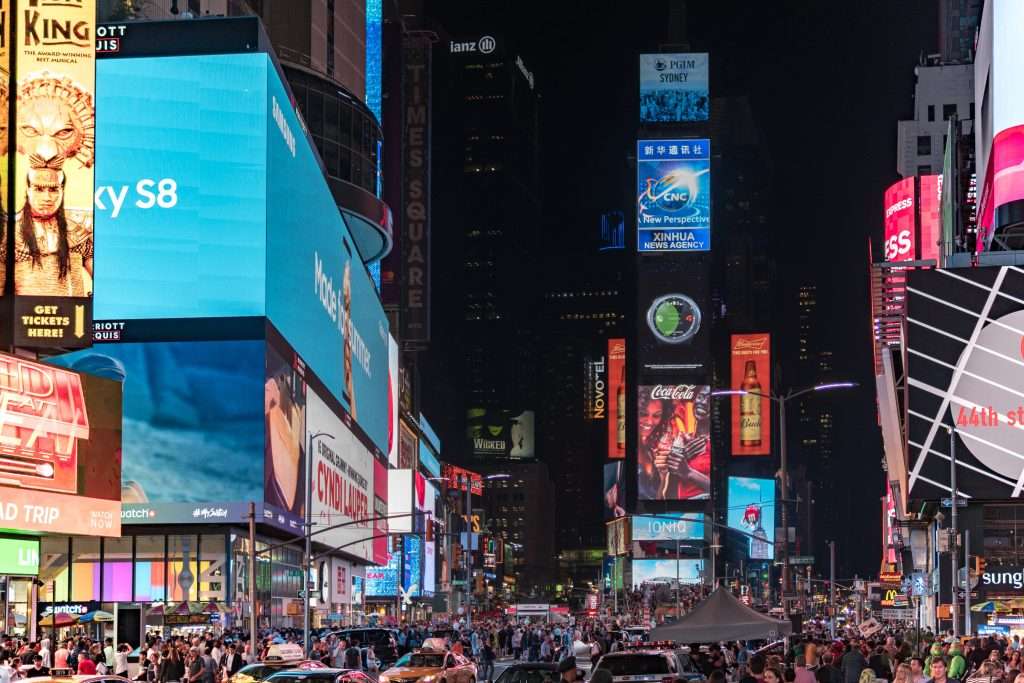When the year starts afresh (and even throughout the year as strategy can change), it can often be a challenge to find and implement new ways to help improve your brand’s growth. We seem to be constantly inundated with numerous ads throughout our time scrolling social media. A few may catch our eye but many are skipped or passed without a second thought. So how can your brand use these ads to your benefit and see results? It’s all about the journey.
What are Journey-Based Ads and Why do they Work?
Journey-based ads inherently relate to your buyer persona (audience) using creative optimization and a transparency into who your brand is and why you have the answer or solution they’re looking for. Journey-based advertising may sound a bit complicated, but once broken down, it’s quite simple and makes sense as to why so many brands are taking this route.
After all, journey-based advertising is part of a holistic marketing strategy, and many companies will see improved results month after month. These ads align with the Awareness, Consideration, and Decision stages of your buyer’s journey, encompassing a greater experience for your buyer persona as well as an increased ROI for the advertiser. Each journey-based ad includes three campaigns (one per stage) focusing on a topic that the buyer persona is interested in.
Stage 1: Awareness
Get to know your audience! In this stage your ad will acknowledge your buyer persona’s problem while making them aware that your brand has the answer. How do you do this? You ask ALL THE QUESTIONS. Take the time to answer the following questions to better determine how you will connect with your buyer persona at this stage:
- How does your buyer persona first learn that they have a problem?
- What words are they using to describe the problem?
- How do your buyers educate themselves when solving their challenges?
- What sources are being used online or offline?
- What are the buyer’s consequences if they don’t take action?
- Are there common misconceptions that buyers have about reaching their goals or addressing challenges?
With the answers to the aforementioned questions, you will be able to gather the type of wording your ad should use, pain points to touch on, how to better educate your buyer persona, and understand the platforms in which your ad would perform best. Take the time to brainstorm creative ideas from these answers and map out what kind of journey your buyers would engage with most. This first ad needs to grab attention and be the one that sets the tone for what’s to come. Plus, it should also keep your audience interested in why your brand could have that answer they are searching for.
Keep in mind, however, that the Awareness stage should be exactly that. It’s important to remember that users will be unfamiliar with your business, so you must focus all your efforts on encouraging awareness to users about the company and its offerings. It may be a slippery slope and you may feel tempted to heavily promote products or services right away, but the idea is that you will offer valuable information and resources first. This way, you can build trust and allow your audience to naturally move through the rest of the stages in the customer journey.
Stage 2: Consideration
For this stage your ad will be targeted towards an audience that is familiar with your company and brand. They’ve done their research, know you’re there, and have visited your website or social media profiles and have seen your posts… but they need a nudge so they know why your brand is the choice for them. You already know their problem, but how and why would your brand solve it and supply the answer? Ask the following questions for inspiration on what this ad should look like and acknowledge:
- What categories of solutions do your buyers investigate?
- How are your buyers educating themselves on those categories?
- Do your buyers have pros and cons of each category?
- How are your buyers deciding which category is right for their needs?
Take your answers and form a keyword list keeping in mind that at this stage it bodes well to use brand terms that are generally more broad, as well as incorporating product names and comparison related terms. You want to emotionally connect with your audience and make them see that your brand is the clear choice for them.
Unlike your marketing efforts for those in the Awareness stage, you will need to make more of an active effort in promoting your business to users in the Consideration stage. So, think about more intentional and specific information you can provide to keep users moving toward a purchasing decision.

Stage 3: Decision
Bring it all home! This stage is the final cut. In other words, it’s your chance to hone in on your offer and get those conversions. To do this you will showcase the particulars of your service or offer and give your audience that final nugget of information that they need to make their decision. Your decision stage questions are more specific to what the journey has been and gives an impactful final answer to choose your brand over any others. Some great questions to gain inspiration from at this stage would be:
- What criteria do the buyers use to evaluate the available offerings?
- When buyers investigate your brand’s offering, what do they like about it (compared to alternatives)?
- What concerns does the buyer have with your offering?
- Who is involved in the buyer’s decision?
- Does the buyer have expectations around buying the offer before purchasing?
- Apart from purchasing, are there additional preparations the buyer needs?
By putting the answers to these questions into action you will WOW your potential buyers, gain their trust, and welcome new customers. Some common offers seen at this stage would be free trials or demos, coupons or discounts, consultations, and audits.
This final stage is where you make the leap from asking for an email to asking for a financial commitment, solidifying a new relationship, and increasing revenue for your brand. In the end, your buyer persona will have gained insight into your brand, formed trust from your consistency throughout their search, and acquired confidence in their commitment to choose you.
Now it’s your turn. What’s your buyer’s journey going to look like? Take the time to carefully lay out your customer journey advertising and relish in the outcome as you see your audience follow your brand to the end. For more specific next steps, you can learn how to incorporate Journey-Based ads into your Creative Strategy here.
If you also find yourself feeling defeated with your organization’s ad performance, talk with us! Our organization offers a wide range of solutions, and we can certainly formulate ads that encourage brand consistency and make your unique vision come to life. Our Creative team understands aesthetics and quantity data, and they have put together stunning graphics that fully encapsulate our clients’ brand identities.








